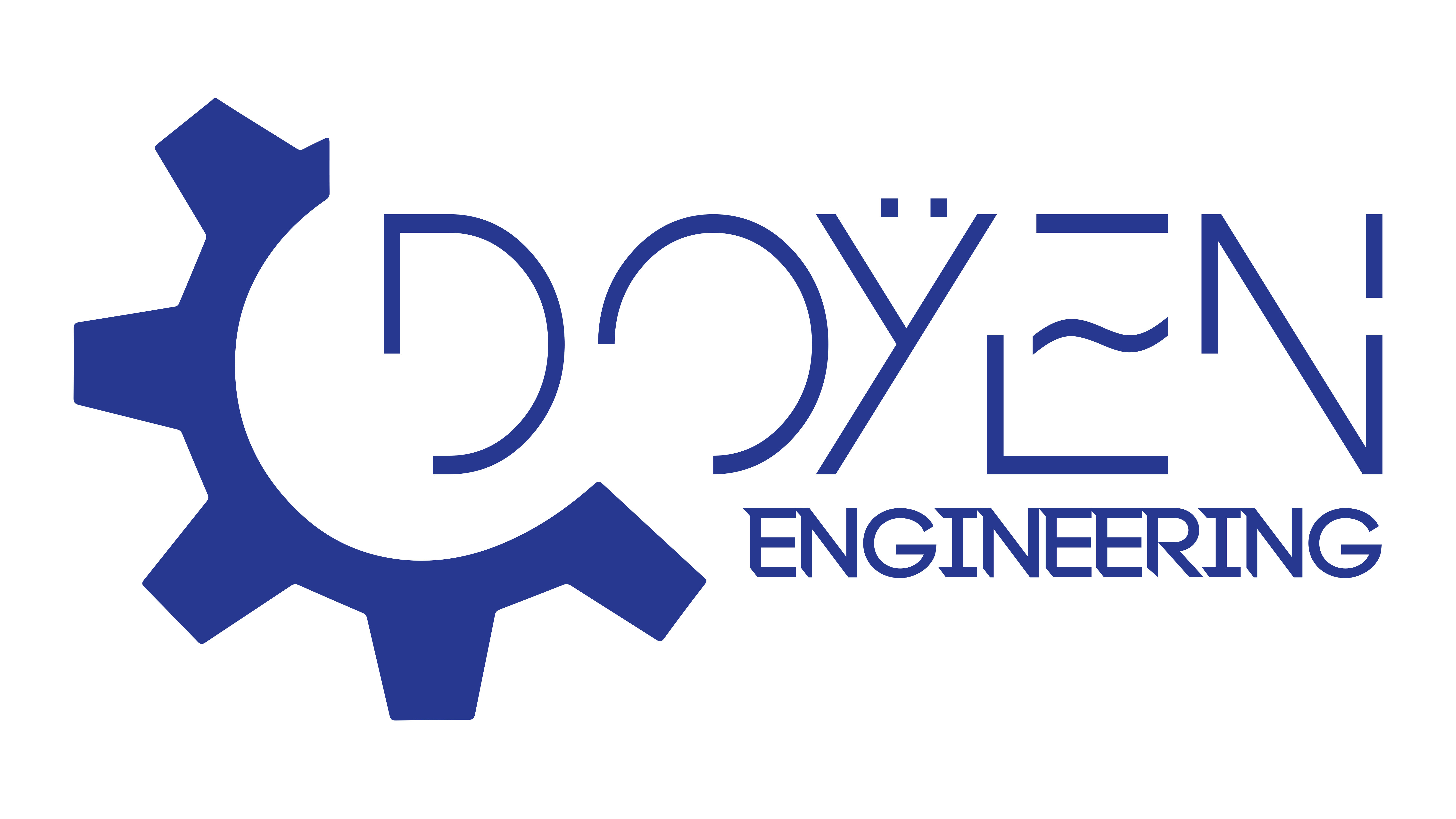
Introduction
Overview of Electrical Engineering
Electrical engineering is a dynamic field that encompasses the study, design, and application of electrical systems and devices. From the tiny circuits in smartphones to the vast networks that power entire cities, electrical engineers play a critical role in advancing technology. Their work not only facilitates innovation but also enhances our daily lives by improving efficiency and safety in various electrical applications.
Brief History of Safety Standards
The establishment of safety standards in electrical engineering is crucial. These standards emerged from the need to protect individuals and property from electrical hazards.
- Early Regulations: In the late 19th century, the increasing use of electricity sparked concern over safety, leading to the formation of guidelines.
- Standard Organizations: Groups like the National Fire Protection Association (NFPA) and the Institute of Electrical and Electronics Engineers (IEEE) were founded to develop comprehensive safety codes.
This historical evolution highlights the constant pursuit of creating a safer working environment for engineers and the general public alike.
Importance of Safety Standards in Electrical Engineering
Preventing Electrical Accidents
Safety standards in electrical engineering are vital in preventing electrical accidents, which can have catastrophic consequences. By adhering to these standards, engineers can significantly reduce the risk of:
- Electric shocks
- Fires
- Equipment failures
For instance, during a project I was involved in, a thorough safety assessment identified a potential short circuit risk. Implementing safety measures based on industry standards not only safeguarded the team but also prevented costly damages.
Ensuring Workplace Safety Regulations
Ensuring compliance with workplace safety regulations is essential for any engineering team. Establishing clear guidelines helps teams:
- Promote a culture of safety
- Reduce injuries and accidents
- Enhance productivity
When workplace safety is prioritized, employees feel secure and empowered, leading to a more efficient working environment. The right safety measures create a solid foundation for successful electrical engineering projects.
International Safety Standards
Comparison of Different Standards
Navigating the landscape of international safety standards can be challenging yet crucial for electrical engineers. Different organizations, like the International Electrotechnical Commission (IEC) and National Electrical Code (NEC), set specific standards that address various safety concerns. For example:
- IEC Standards: Focus on international compatibility and safety for electrical devices.
- NEC: Primarily addresses wiring and installation practices in the United States.
Each standard serves its unique purpose, but understanding their differences helps engineers choose the right protocols for their projects.
Adoption of International Guidelines
Adopting international guidelines enhances standardization and collaboration within the industry. By aligning practices with global standards, electrical engineers can:
- Share knowledge and innovations more effectively
- Reduce discrepancies in safety protocols
- Foster a unified approach to risk management
In my experience working on multinational projects, implementing these guidelines proved invaluable. It not only simplified compliance but also improved communication among diverse engineering teams, leading to better outcomes and enhanced safety measures across the board.
Regulatory Bodies in Electrical Engineering
Role of OSHA and IEEE
Regulatory bodies play an essential role in shaping safety standards within electrical engineering, with organizations like OSHA (Occupational Safety and Health Administration) and IEEE (Institute of Electrical and Electronics Engineers) leading the charge.
- OSHA: Ensures workplace safety by setting regulations that protect workers from electrical hazards.
- IEEE: Provides technical standards and guidance to promote safe and innovative electrical engineering practices.
In a recent project, adhering to OSHA regulations not only safeguarded our team but also enhanced project efficiency by minimizing the risk of accidents.
Compliance with NFPA Regulations
Compliance with NFPA (National Fire Protection Association) regulations is critical for ensuring safe electrical installations. These regulations provide clear guidelines on:
- Wiring and equipment selection
- Fire safety measures
By following NFPA guidelines, teams can create safer environments. I remember implementing NFPA standards during a facility upgrade, which reduced fire risks while demonstrating our commitment to safety. This proactive approach not only protected lives but also ensured regulatory compliance, building trust with stakeholders.

Implementing Safety Measures
Risk Assessment and Mitigation
Implementing effective safety measures begins with thorough risk assessment and mitigation strategies. Identifying potential hazards allows electrical engineers to proactively address risks, such as:
- Short circuits
- Inadequate grounding
- Equipment overloads
In one project, a detailed risk assessment revealed an outdated power distribution system, leading us to upgrade to safer alternatives. This not only minimized risks but also improved overall system reliability.
Training and Education for Electrical Engineers
Ongoing training and education are critical for electrical engineers to stay updated on safety protocols and best practices. Offering regular workshops on:
- Current safety standards
- Hands-on equipment handling
- Emergency response procedures
Fostering a culture of safety through continuous learning ensures that all team members are equipped to handle both routine and unexpected situations. This commitment to knowledge ultimately enhances workplace safety and empowers engineers to make informed decisions.
Technological Advancements in Safety
Impact of Smart Devices
The rise of smart devices has significantly transformed safety in electrical engineering. These devices not only enhance efficiency but also incorporate advanced safety features. For instance, smart circuit breakers can monitor real-time power loads and detect anomalies, providing immediate alerts.
- Remote Monitoring: Engineers can oversee system performance from anywhere.
- Automated Shutdowns: In the event of power surges, smart devices can automatically disconnect to prevent accidents.
During a recent project, integrating smart technology helped us quickly identify and address potential electrical hazards, ultimately enhancing safety.
Automation of Safety Protocols
Automation of safety protocols is another key advancement. With the help of technology, many safety processes now run automatically, ensuring compliance and reducing human error. Automation can streamline:
- Safety checks and inspections
- Reporting and documentation
In one instance, automating safety inspections saved our team significant time while ensuring no steps were overlooked, which further solidified our commitment to a safe working environment.
Importance of Safety Standards in Electrical Engineering
Ultimately, these technological advancements underscore the importance of adhering to safety standards in electrical engineering. As innovations like smart devices and automation evolve, aligning them with established safety protocols becomes crucial for minimizing risks and fostering a culture of safety throughout the industry. This proactive approach not only protects engineers and communities but also inspires confidence in technological progress, leading to a brighter and safer future.





